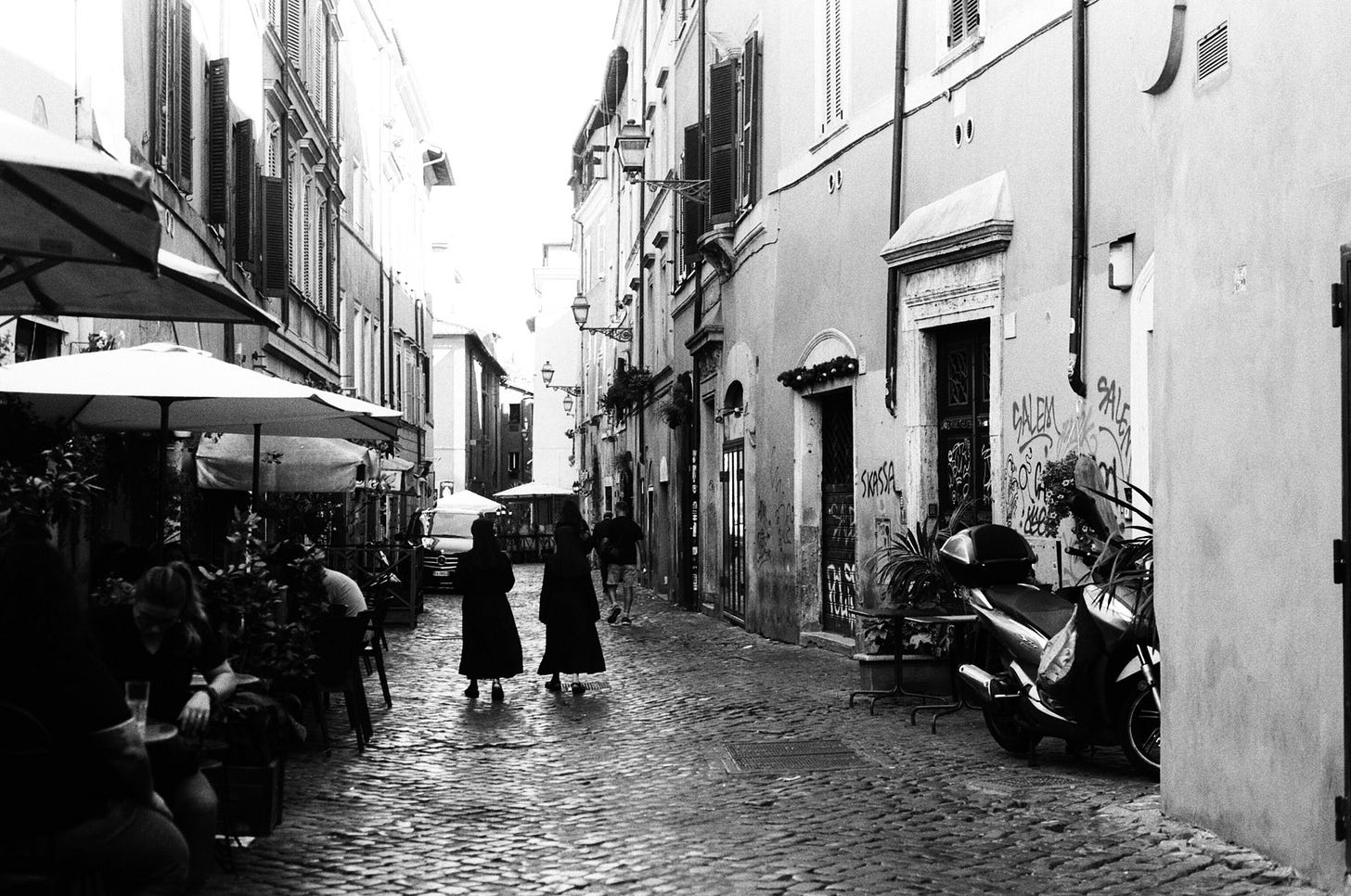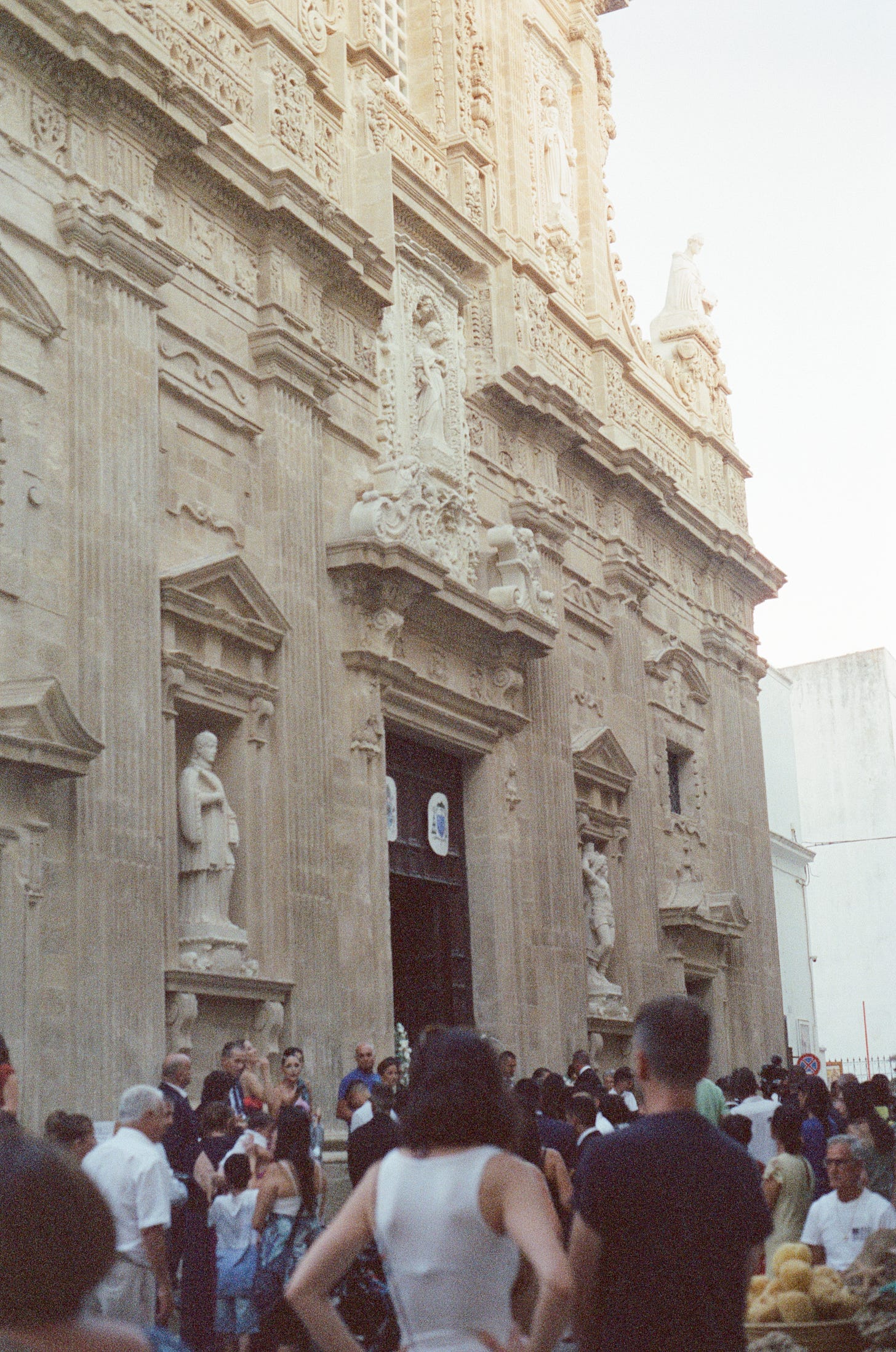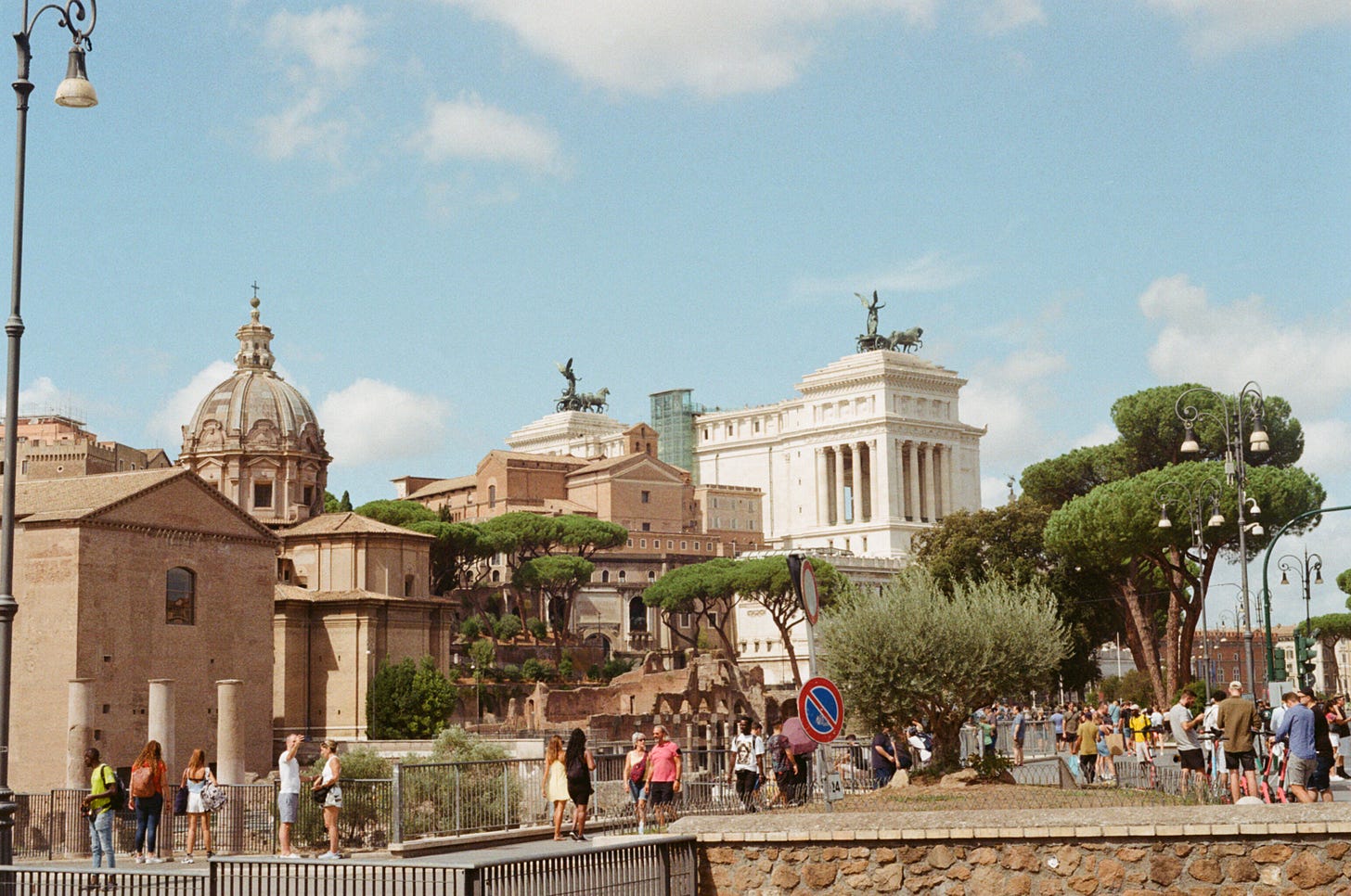It is hard not to think about being good whilst in Rome.
The city is built around the morals of the Catholic Church and its obsession with sin and salvation. On every piazza and street corner and tiny, crooked alleyway, there seems to be a reminder of our heavenly obligation to be good: shrines to Mary and Jesus tucked into ancient walls; towering churches with intricately carved angels looming over bustling streets; a humble crucifix nailed to the wall of the worn-in bar in Trastevere where I enjoyed a morning cappuccino. Countless, unavoidable signals of our mortality, and what our actions on earth mean for our souls’ eternity.
As such, I have found myself thinking about the concept of “good” and “bad” a lot since my return from the city. And I am realising in the process that these notions have defined my entire life. From the smallest age, I was told to be a good girl. To get good grades. Make good decisions. That word, good; God, it has infiltrated my very DNA. I am wholly compelled to emanate it – and I wonder how my fear of being bad curtails me.
I mean this not on an ethical level, which is a complicated thing I won’t attempt to peel apart in a Substack essay, but on the superficial level of what I do with my time, and with this vocation of writing that I have decided to commit my life to. Undertaking a creative career seems to demand being not just good, but the best. But goodness in art is hard to define, isn’t it? I took a screenshot of a post on Instagram by an artist whose work confuses me. It was of a painting they had made. I sent it to my friend whose opinion I respect very much with the message, “is this good?”. Neither of us could give a compelling answer as to why it wasn’t.
Rome is a good place to think about all of this, not least because of the confusing modesty of one of its more famous architects. By the time he was in his fifties, Michelangelo was the most celebrated and famous artist in all of Europe. And yet, in his final decades, all the drawings he created and mailed to his closest confidants as gifts were accompanied by letters that asked the same question, over and over again – I hope you think this is good? I’m sorry if it is bad!. It was in these last decades that the maestro redesigned most of Rome, too. When Pope Paul III came into power, one of the first initiatives he undertook was to commission Michelangelo to renovate key parts of the city following its sacking in 1527. I visited the Piazza del Campidoglio, one of the areas in which the artist lent his talent, one late afternoon. It was very hot. I was alone. The light was beautiful. Tourists milled about taking selfies outside the grand buildings and before the enormous fountain, and I thought how impossible it seemed, how mad, that the man who had dreamed up this extraordinary place could have felt simultaneously self-conscious of a sketch he had made for a close friend.
It reminded me of a poem by Mary Oliver that I like very much. I like all her poetry, actually, it is always straightforward and sure of itself. This one is called “Wild Geese”. The opening line is as follows:
You do not have to be good.
I wrote those words out and taped it to my bedroom wall, above my desk, to remind myself of this little truth. I took it down eventually because I thought the scrap of paper made my bedroom look bad. If I was better at explaining irony, I would do so now.
The rest of the poem is important and speaks to other things, please read it, but this is what it meant to me, and why I wrote that specific line out: you do not have to be good. You just have to try.
I strolled back to Testaccio along the river, stopping in the piazza to watch the children playing football whilst their parents spoke animatedly to one another in the twilight. A musician played folk songs. Everyone seemed to be content. I thought how lucky I was to be there. When I returned to London, someone would ask me how my time in Italy was, and I would reply, good, thank you. Really good.
Some good things from time in Italy
This album by Marco Castello.
This series of short films about Sicily.
This Instagram page, which gives me so much joy.
This recipe which I made for myself one balmy evening in a little flat on Via Ginori.
This book by Lisa Taddeo, which I read on a train from Brindisi to Rome in hungry gulps.
The seafood ravioli, which I enjoyed at a restaurant not in Rome but in Gallipoli. I posted about it on Instagram and someone replied saying “I got violent food poisoning there!!!”. The bad times will get ya, after all.
Two small plugs to end on:
I am proud to feature 2x essays and some photography in the recently published Volume 06 of Table Magazine. Shop here.
On October 6th, I will be supporting the wonderful team at Coexist Community Kitchen in Bristol at an Italian-inspired pop-up. Tickets have all been snatched but you can sign up to the waitlist here.






